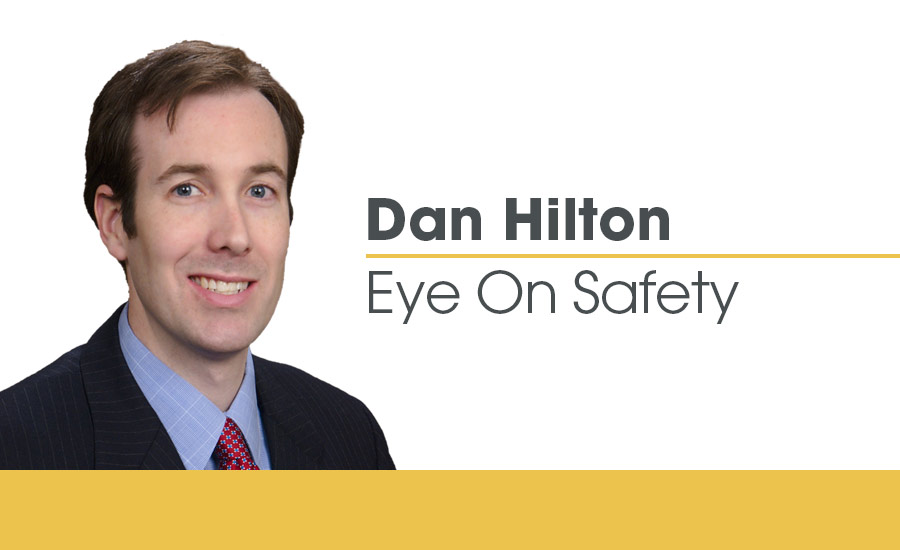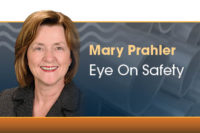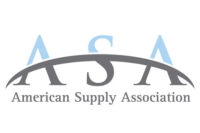After years of attempts and months of delays, the Occupation Safety and Health Administration will begin enforcing its final rule requiring certain employers to electronically submit injury and illness data that they are already required to record on their onsite OSHA injury and illness form.
As Assistant Secretary of Labor, Dr. David Michaels puts it, “Our new rule will ‘nudge’ employers to prevent work injuries to show investors, job seekers, customers and the public they operate safe and well-managed facilities. Access to injury data also will help OSHA better target compliance assistance and enforcement resources, and enable ‘big data’ researchers to apply their skills to making workplaces safer.”
The final rule also prohibits employers from discouraging their workers from reporting an injury or illness. Perhaps you have an incentive program that rewards your team for a certain number of days without injury — a company-sponsored lunch, a bonus or some other work-related perk? Would you want to be the employee that prevents the entire company from enjoying their just deserts because of an accident? OSHA’s view is incentives like this suppress injury reporting, and in their estimation, instances have emerged that warrant addressing. In short, OSHA believes employees should feel comfortable reporting even the slightest workplace injury no matter the consequence or hardship.
Moving forward, employers will be required to inform employees of their right to report work-related injuries and illnesses free from retaliation. This can be satisfied by posting the already-required OSHA workplace poster. This regulation also clarifies the existing implicit requirement that an employer’s procedure for reporting work-related injuries and illnesses must be reasonable and not deter or discourage employees from reporting; and incorporates the existing statutory prohibition on retaliating against employees for reporting work-related injuries or illnesses.
These provisions were set to become effective Aug. 10, but thanks to groups such as ASA and the Coalition for Workplace Safety, OSHA delayed its enforcement until Nov. 1.
ASA has opposed this rule since its inception. “Preserving an environment of safety is one of the most important goals of our members — creating the conditions for a more productive, efficient and worry-free workplace. Our members remain concerned over the prospect of having to publically disclose incident data. We believe it could lead to a greater likelihood of abuse and runs the risk of exposing employers to mischaracterizations and to being unfairly targeted for injuries that may not be within their or their company’s control. Furthermore, lacking clear context of the injury, which this proposal inhibits, an employer is at risk of suffering undue burdens of causing a particular injury and having an unsafe workplace, neither of which may be true, but could jeopardize an employer’s reputation and good-standing in their community,” the association said in its submitted comments.
Holiday safety is a must
It’s that time of the year when companies celebrate the holidays, but if you’re careless that holiday party could do more harm than good to your career.
While many an employee can provide a lifetime of memories thanks to their inability to control their intake of alcohol, real dangers lurk in the workplace that mustn’t be overlooked. From fires, to unsecured equipment, racking mishaps to food poisoning, holiday dangers always are lurking.
Considering frying a turkey in your warehouse? Then realize that since 2002, according to the Consumer Product Safety Commission, 672 people have been injured doing so and more than $8 million in property damage has occurred. Proper fire prevention (and handling of frozen turkeys) is essential to prevent loss of life or property.
Decorating also can be hazardous and must be done with proper care. According to the National Safety Council, in the year 2012 alone nearly 15,000 hospital visits took place as a result of holiday decorating. Think twice before getting onto your swivel chair or climbing too high on your ladder.
Before decorating, come up with a plan A, a plan B and a worst-case scenario. Don’t jump into it without thinking through what could go wrong. And remember, just because you didn’t get hurt doing the same thing in 2015, doesn’t mean you’re safe from harm in 2016.
Be safe and have a happy holiday season!





